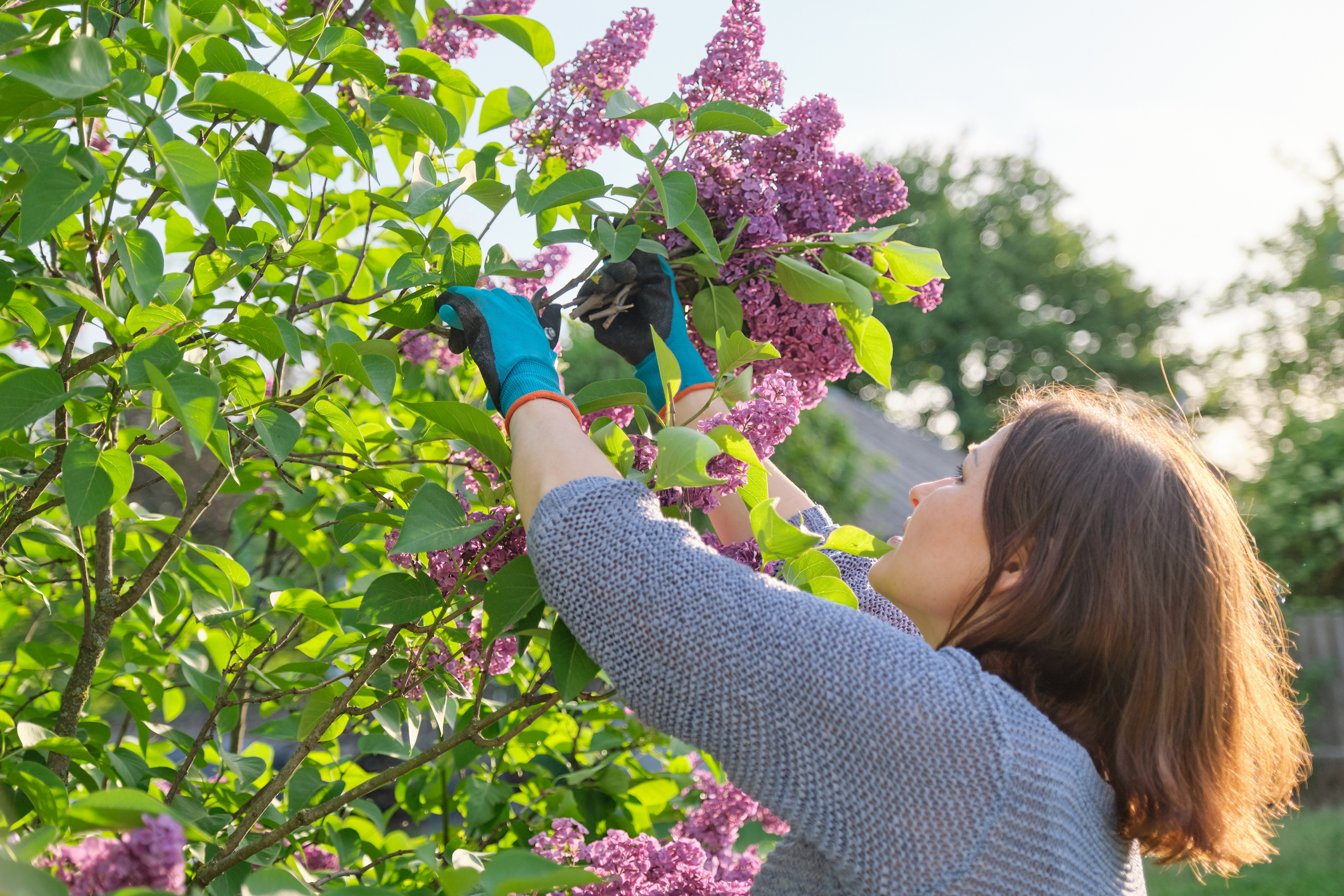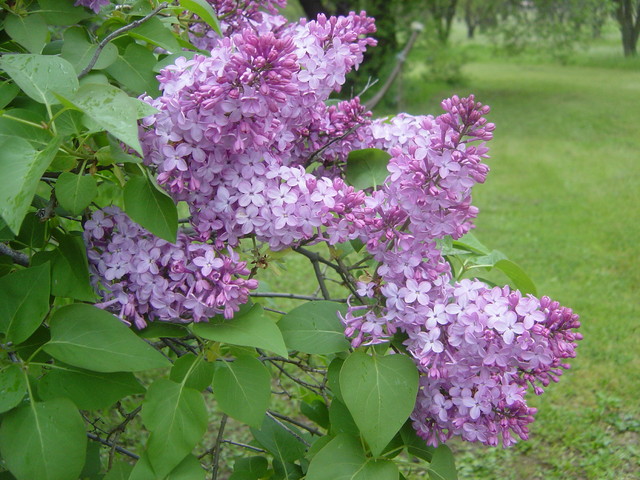How To Trim Lilac Bushes For A Bloomtastic Spring
Lilacs are a beautiful and fragrant flowering shrub that is a popular addition to many gardens. However, in order to keep them healthy and blooming, they need to be pruned properly.
This blog post will provide you with all the information you need to know about how to trim lilac bushes for a bloomtastic spring. We will cover everything from the best time of year to prune, to the different types of pruning, to how to care for your lilac bushes after pruning.
When to Prune Lilac Bushes
The best time to prune lilac bushes is in late winter or early spring, before the new growth begins. This will give the plant time to heal before the growing season starts.
If you live in a cold climate, you may want to wait until the danger of frost has passed before pruning. However, if you live in a warm climate, you can prune as soon as the ground thaws.
Types of Lilac Pruning
There are two main types of pruning that you can do on lilac bushes:
- Maintenance pruning: This type of pruning is done to keep your lilac bushes healthy and in shape. It involves removing dead, diseased, or damaged branches, as well as any branches that are crossing or rubbing against each other.
- Rejuvenation pruning: This type of pruning is done to revitalize an old or overgrown lilac bush. It involves cutting the bush back to about 6 inches from the ground. This will encourage new growth and produce more flowers.
How to Prune Lilac Bushes
No matter what type of pruning you are doing, it is important to use sharp pruning shears or a lopper. This will help to prevent the plant from getting damaged.
When pruning, make sure to cut the branches at a 45-degree angle. This will help the plant to seal the wound and prevent disease.
Caring for Lilac Bushes after Pruning
After you have pruned your lilac bushes, it is important to water them well. This will help them to recover from the pruning and encourage new growth.
You should also fertilize your lilac bushes after pruning. This will help them to produce more flowers the following spring.
Conclusion
Pruning lilac bushes is an important part of keeping them healthy and blooming. By following the tips in this blog post, you can ensure that your lilac bushes will be in bloom for many years to come.
For more information about trimming lilacs, visit Home Gardening.
FAQ of trimming lilac bushes
When is the best time to trim lilacs?
Lilacs should be pruned in the spring, after they have finished blooming. This will allow the plant to focus its energy on producing new growth and flowers for the following year.
How much should I trim my lilacs?
When you are trimming lilacs, it is important to be selective. Only remove dead, diseased, or damaged branches. You can also thin out the branches to improve air circulation and light penetration. However, avoid cutting back more than one-third of the plant's growth at a time.
What tools do I need to trim lilacs?
You will need a sharp pair of pruning shears or a lopper to trim lilacs. You may also want to wear gloves to protect your hands from the thorns.
How do I prune lilacs to encourage more flowers?
To encourage more flowers, you should prune lilacs in a way that promotes new growth. This means cutting back the oldest branches to the ground. You can also thin out the branches to allow more sunlight to reach the interior of the plant.
What are some common mistakes people make when trimming lilacs?
Some common mistakes people make when trimming lilacs include:
- Pruning too much.
- Pruning in the fall or winter.
- Not thinning out the branches.
- Using dull tools.
What are some tips for trimming lilacs?
Here are some tips for trimming lilacs:
- Use sharp tools to make clean cuts.
- Prune in the spring, after the flowers have finished blooming.
- Be selective about what you remove.
- Thin out the branches to improve air circulation and light penetration.
- Don't prune too much at once.
Image of trimming lilac bushes
- Image 1: A person using a pair of pruning shears to cut off the old flower clusters from a lilac bush.

- Image 2: A close-up of a lilac bush that has been trimmed. The old flower clusters have been removed, and the bush is now about 6 feet tall.
- Image 3: A lilac bush that has been pruned to encourage new growth. The bush has been cut back to about 3 feet tall, and there are several new shoots emerging from the ground.
- Image 4: A lilac bush that has been deadheaded. The deadheaded bush has no old flower clusters, and the new shoots are starting to bloom.

- Image 5: A lilac bush that has been shaped. The bush has been pruned to create a specific shape, such as a globe or a pyramid.
- Image 6: A lilac bush that has been espaliered. The bush has been trained to grow against a wall or fence, and it has been pruned to create a flat, even surface.

- Image 7: A lilac bush that has been coppiced. The bush has been cut back to the ground, and it will now resprout from the roots.

- Image 8: A lilac bush that has been pollarded. The bush has been cut back to a few feet tall, and it will now resprout from the main stems.

- Image 9: A lilac bush that has been pruned to control its size. The bush has been cut back to about 4 feet tall, and it will now be easier to maintain.

- Image 10: A lilac bush that has been pruned to improve its health. The bush has been cut back to remove dead, diseased, or damaged branches.

Post a Comment for "How To Trim Lilac Bushes For A Bloomtastic Spring"